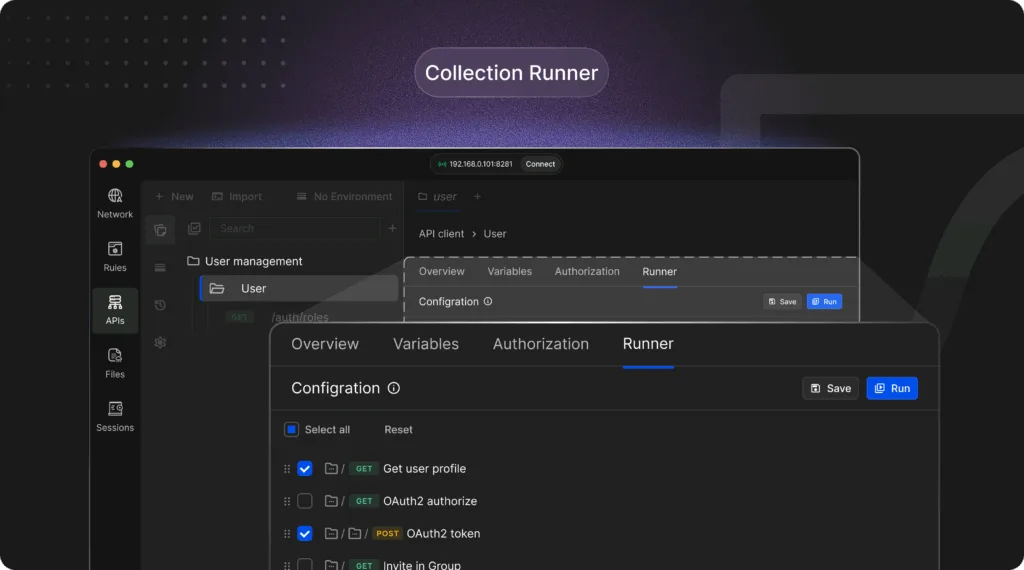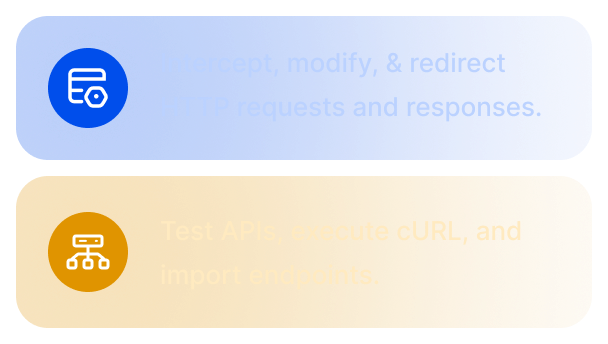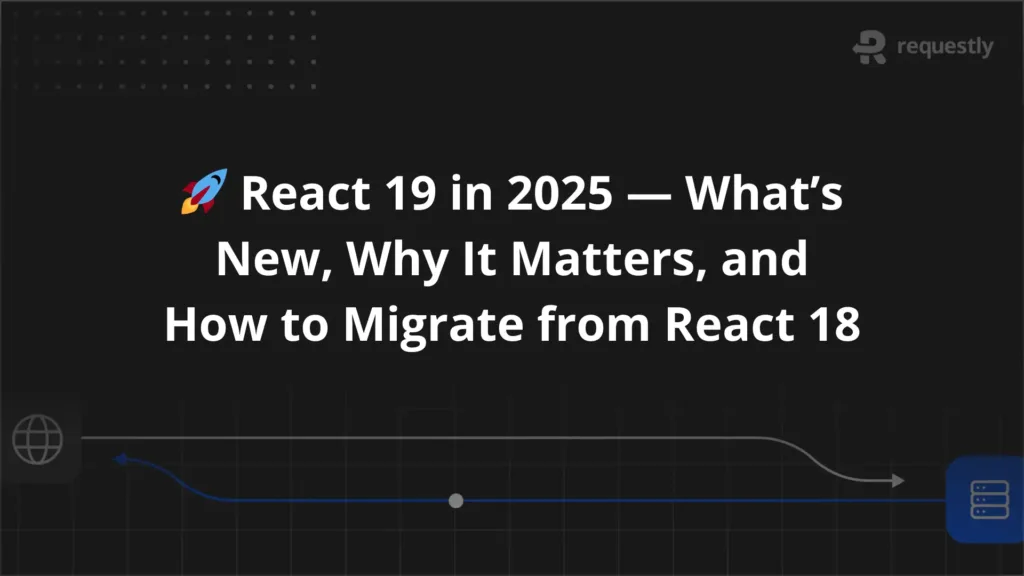How to Simulate Real User Journeys With Collection Runner

In the world of API development and testing, it’s not enough to verify that each endpoint works in isolation. Real users don’t just hit one endpoint. They follow multi-step flows like signing up, logging in, updating data, and retrieving records. To truly validate your product, you need to test how these flows perform from end to end.
That’s where Requesty’s Collection Runner comes in.
Why Simulate User Journeys?
Most critical bugs don’t come from individual endpoints. They come from the interactions between them. A successful login that returns an invalid token, or a profile update that fails silently, can ruin the user experience and go unnoticed if tests don’t mimic real behavior.
Simulating real user flows helps you:
Validate business logic and data dependencies
Detect regressions that break chained functionality
Catch errors caused by state mismanagement or inconsistent environments
Build confidence that your product works as users expect
Requesty: A Collection Runner Built for End-to-End Testing

Requesty’s Collection Runner allows you to create and execute sequences of API requests with full support for:
Chained workflows
Dynamic variable passing
Pre-request scripting and test assertions
Environment switching
Here’s how to build and simulate a real-world user journey using it effectively
Example Flow
New User Sign-Up > Login > Profile Setup > Data Fetch
This user journey includes:
Creating a new user via POST
/registerLogging in using POST
/auth/loginto retrieve a JWT tokenSetting profile data using PATCH
/profileFetching user dashboard data via GET
/dashboard
Step 1: Create the Flow as a Collection
In Requesty, collections are simply ordered groups of API requests. Add each step listed above as a separate request in your collection.
Step 2: Link Data Between Steps
Use variable chaining to pass values dynamically between requests. For example:
Capture the
userIdandtokenfrom the login responseInject them into headers or URLs in the following steps
// Example test script in /auth/login to extract token and user ID
// Parse the JSON response from the login request
let response = rq.response.json();
// Store the authentication token in the environment
rq.environment.set("auth_token", response.token);
// Store the user ID in the environment
rq.environment.set("user_id", response.user.id);
In the next request (such as PATCH /profile), include:
Authorization: Bearer {{auth_token}}
Test Assertions and Validation
Each step in the flow can include automated assertions to check:
Status codes
JSON schema compliance
Business rules such as
"email_verified": true
These checks confirm that your API responds correctly and reliably under real conditions.
Run Against Different Environments
Requesty supports environment switching so you can run the same test collection across development, staging, and production. No manual updates to base URLs or tokens are required.
Monitor and Share End-to-End Runs
After running your collection:
Review pass and fail status for each request
Monitor response times and flag slow steps
Export results or share them with team members for collaboration
This is ideal for QA leads, product managers, and DevOps engineers who need clear insights into system behavior.
Real-World Use Cases
E-commerce: Add item > Checkout > Payment > Receipt
SaaS onboarding: Create organization > Invite user > Accept invite > Create workspace
Fintech: Register > KYC > Deposit funds > View balance
Testing isolated endpoints doesn’t cover the full user experience. Simulating complete workflows is essential for product quality.
Final Thoughts
End-to-end workflows are where your users operate. If you want to ensure your APIs support those experiences reliably, you need to test the entire journey, not just the parts.
Requesty’s Collection Runner makes that simple. It brings automation, flexibility, and accuracy to your workflow testing so you can identify problems before users ever see them.
Ready to simulate your first user journey?
Try Requesty Collection Runner today.
Contents
Subscribe for latest updates
Share this article
Related posts





















